We get it: wood floors are the darlings of the flooring world. Year after year, more homeowners choose hardwood floors over any other flooring option, with many citing their easy maintenance, durability, and beauty as reasons why.
If you’re tired of popular trends, though, it may feel like there’s nowhere else to turn. Aside from common materials like wood, vinyl, or laminate, what unique flooring options are worth considering?
We’re here to help! Let’s take a look at some one-of-a-kind flooring options you may not have thought of.
Concrete Flooring
Concrete is a tried-and-trusted option for driveways, but you’ve likely never considered adding it to your home. This material may instead bring to mind industrial spaces and rough parking garages.
If you’re worried about scratches and dents, though, concrete may be your new best friend. Think about it: you’ll get the durability and longevity of a highway right inside your home!
You may be picturing a bleak, gray aesthetic, but you’d be wrong there as well. Modern concrete floors can create bold fashion statements, whether you’re going for an industrial chic look or not.
This material is easy to dye and color, allowing homeowners to create unique treatments and finishes. Go with a matte look with beautiful staining, stamp it with stencils for texture, or polish it for a smooth finish. Paint is also an option.
Even better, you won’t have to do much to maintain that finish. Concrete is durable enough to stand the test of time, even in the parts of your home with the heaviest foot traffic.
You might be surprised to know concrete is even eco-friendly. Though it’s not sustainable in itself, it absorbs warm and cool air to minimize your heating and cooling needs. It’s even recyclable!
There are a few disadvantages, though.
First, cracking is a possibility over time. It’s more likely with extreme temperature changes, but any home shifts and settles gradually, making cracks more likely. This doesn’t have to be a deal-breaker: special cement patching kits can help you hide these fractures.
This one may be a no-brainer, but concrete is also heavy. That isn’t an issue if you’re putting concrete on the ground floor, but if you want it on the second story, you’ll need a specialized home flooring installation with a structural engineer!
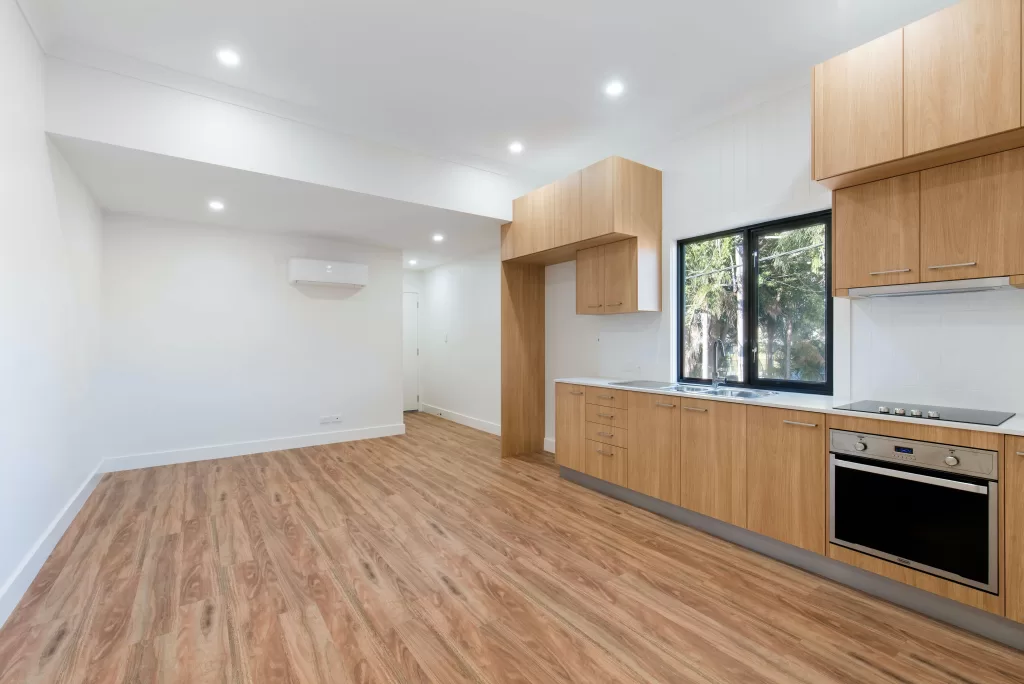
Carpet Tiles
Also called “carpet squares,” carpet tiles are one of the more fascinating home flooring trends. These are just what they sound like: squares of carpet that you can fit together like tiles. These tiles come in a range of sizes, but you’re more likely to find them in 48-, 50-, 60-, and 96-inch squares.
Hold on. Why would you choose carpet tiles over a traditional carpet?
Let’s say you’re in love with the idea of wall-to-wall carpeting for one room of your home. What you’re not a fan of, however, are the problems that come with it.
Traditional wall-to-wall carpets come in long rolls that contractors install across your floor, cutting the excess to fit. Over time, this long roll can get worn in places or adopt a “rippled” look with poor installation. Worse, if it gets damaged, you’ll often have to replace the entire thing.
That’s where carpet tiles come in. Because these squares are easy to install, replace, and remove, you can get rid of many of the problems you’d see with traditional carpeting.
Hiring a contractor to tackle tile carpeting often means you’ll see the job done fast. The squares are easy to lay down, though some cutting and adjustment may be necessary to get the right fit. Even better, carpet tiles are easy to remove, so you can replace entire sections if you spill something you can’t clean up.
Your wallet may love these tiles, too: in many cases, they’ll cost less than traditional carpeting. This is because the smaller squares allow you to buy exactly what you need, which translates to less waste as well!
Hand-painted or Mosaic Tile Flooring
It’s hard to get more unique than one-of-a-kind home floor designs created with the right tiles.
If you have an eye for color and patterns – or you don’t mind working with an expert who does – there’s nothing better than the gorgeous look of hand-painted or mosaic tiles.
These tiles come in a huge range of styles and hues, though you may have to do a bit more hunting to find the perfect fit for your home. You can also find tiles in different materials, from glass to ceramic.
For a classic look, consider finding tiles in Moroccan, Italian, or Tunisian designs. If you’d like to try a unique style, commission custom artisan tiles of your own!
Depending on the kinds of tiles you choose, these flooring options boast a ton of advantages.
Beyond their bright, decorative look, most of their materials are eco-friendly. Most ceramic and natural stone tiles are also durable, allowing you to enjoy them for years to come. Many of them are also anti-slip for use around pools and water, and their smooth surfaces are easy to clean.
The biggest drawback of these tiles, however, is the price tag.
Depending on where you source them, hand-painted and mosaic tiles have the highest home flooring cost on this list. This can make them tough to fit into most renovation budgets. Don’t forget that their more detailed installation takes more time as well, adding to the expense.
If you’re in love with the idea, you may want to choose it for a smaller area!
Rubber Flooring
Like concrete floors, you likely associate rubber flooring with commercial buildings. You might even expect it in your local gym: these floors are great for high-impact activity!
However, this one-of-a-kind flooring is great for homes as well. Whether you’re going green or looking for a cool upgrade to your outdated flooring, rubber floors have a few great benefits.
First, rubber flooring is sustainable. In many cases, it’s made from recycled tires that would otherwise rot in a landfill. In other cases, these floors use natural rubber from latex trees, which don’t have to be chopped down during the collection process.
If you have a home with pets and kids that might cause more wear and tear on your floors than the norm, go with rubber. These durable floors can take a beating, are non-porous enough to resist stains and spills, and can last for decades. They’re even easy to maintain!
Though not everyone loves the feel of softer flooring, many homeowners find rubber comfortable and cozy underfoot. The natural elasticity offers great cushioning, making it ideal in areas where you spend most of your time upright, like the kitchen.
This softness makes them safer if you’re worried about children or older adults falling. Even better, the slip-resistant properties of rubber make it easier to keep your footing for more safety.
Rubber can be expensive, but its lengthy lifespan makes it cheaper in the long run. Because the installation process is usually straightforward, your total price tag will often be low.
There’s one big drawback, though: the design. Rubber floors have come a long way, but they can’t compete with the huge range of design styles you’ll get from the other choices on this list. There are plenty of textures and patterns to play with, and you can even get rubber floors that look like wood, but you might have to choose a different material if you have a specific aesthetic in mind.
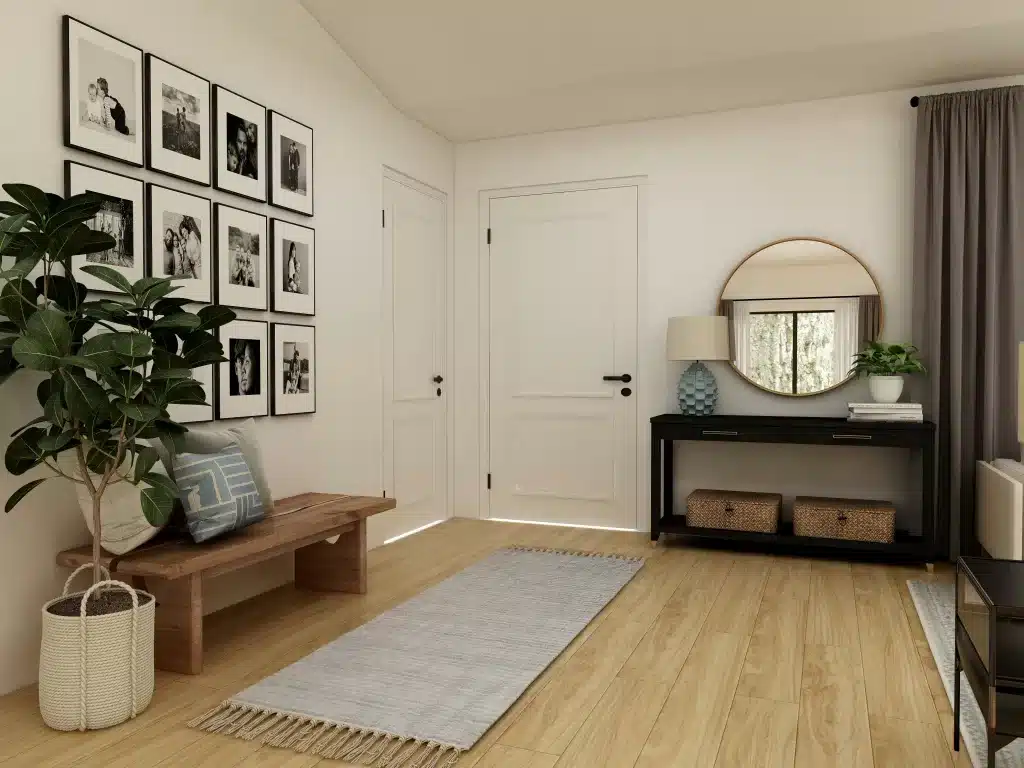
Bamboo Flooring
What if you’re drawn to the timeless look of hardwood flooring anyway? If none of the alternatives we’ve already mentioned have caught your interest, there may still be one worth trying: bamboo.
This fast-growing grass creates floors that behave in a lot of the same ways wood floors do. It offers a beautiful, natural look in a spectrum of earthy blond to brown tones, and it’s easy to stain in any color you choose. At a glance, it’s easy to mistake the organic look of bamboo for wood!
Bamboo also has a few tempting advantages. First, it’s much more eco-friendly. Bamboo shoots up way faster than a tree will, making it a sustainable alternative to wood, whose trees can take anywhere from a few decades to a century or longer to reach maturity.
Like wood floors, bamboo is durable and easy to clean. It’s easy to refinish if you choose to do so in the future.
Also like wood floors, bamboo has a major downside: it’s prone to scratches and dings, especially with inexpensive bamboo floors. In addition, bamboo is an absorbent material, which makes it more likely to soak up moisture and humidity. This makes it a bad choice for kitchen, basement, or bathroom remodels.
Unique Flooring Options
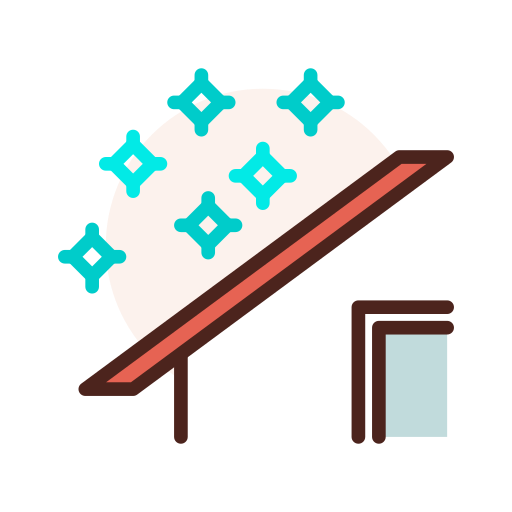
Compare Quotes from Top-rated Flooring contractors in your area.
If you’re looking for an eye-catching alternative to traditional floors, you can’t go wrong with any of the unique flooring options above. From concrete to bamboo, these styles are well worth considering, so work with a seasoned flooring expert to know if they’re right for you.
Alpha Living can help you there. Our goal is to connect you with top-rated flooring contractors in your area, allowing you to get the advice you need about materials, installation, and more. Enter your zip code to get started!


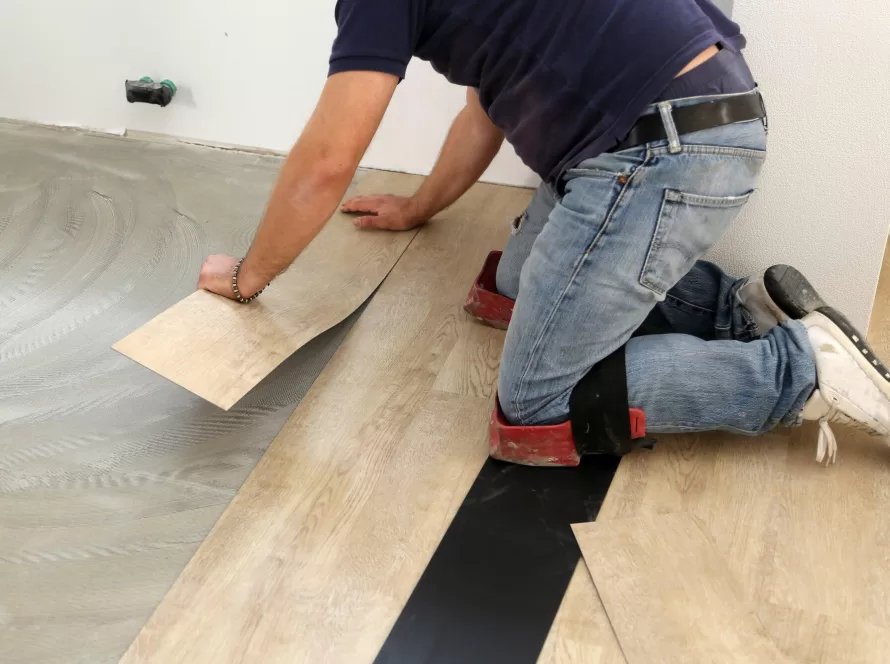
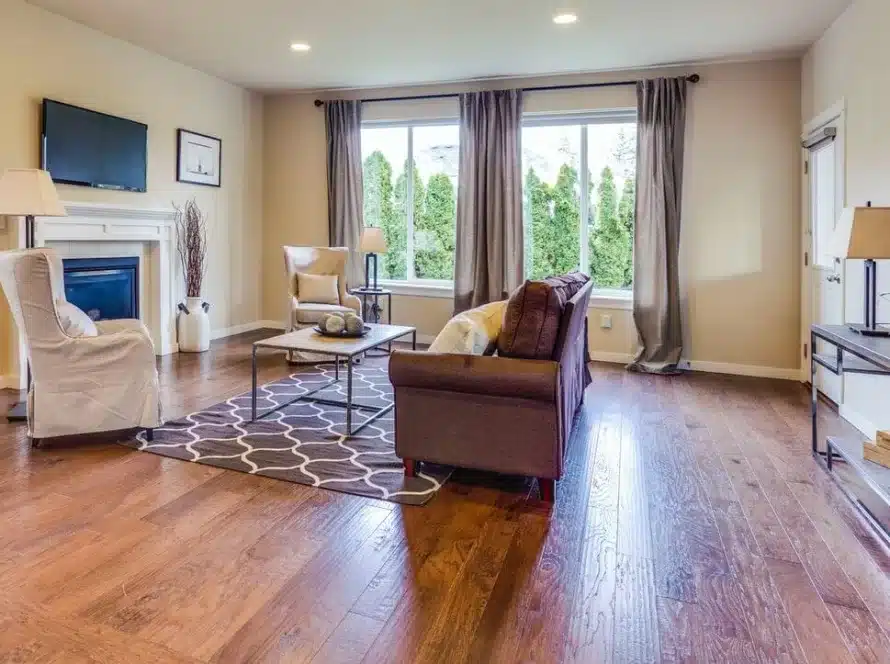

Facebook
Comments